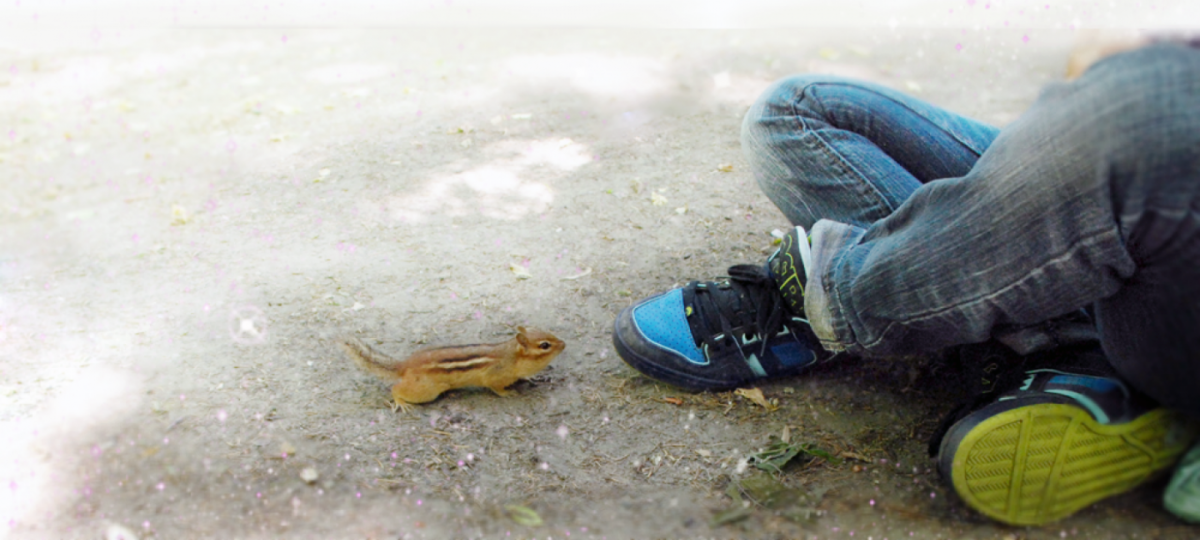Youths and entrepreneurs are leading the way in developing ideas about environmental and sustainability issues that are vital for solving the current problems we are faced with. The Global Landscapes Forum recently held alongside COP21 in Paris, included a diverse group of people that discussed (technological) ideas for resolving these current issues of environment and health. Participants included ‘The Nature Conservancy’, who showcased the latest tools and technologies that were being used for increased production, improved livelihoods, protection of forests, landscapes, watersheds and for more biodiversity.
Other participants included 50 youth innovators that teamed up for 4 days in order to brainstorm ideas that would develop solutions to five real-world land-use challenges. Their ideas, which included an exchange program between smallholder farmers where they share resources, such as storage facilities and centralized distribution centers, can immediately be implemented to solve these land-use challenges.
A speaker worth noting, named Salina Abraham said, ” To us this wasn’t just an exercise… These could be real-world solutions to real-world challenges. So, I want to ask from you two things: the first is to concretely integrate youth into the work that you do and the solutions we have to offer into your organizations; the second is to support our Youth in Landscapes initiative so that we can continue to grow and enable youth, so that we can become the leaders that we will have to be in the world.”
All over the world, discussions and actions are taking place, whether it be a group of people or a single individual, such as in the case of Samuel Malinga. He is a 26 year old from Uganda who recently received the Tony Elumelu Prize for Business at the Future Africa awards for his development of a full-cycle sanitation system. This sanitation system was built of local low-cost but highly hygienic toilets. In an effort to protect the environment through reducing and reusing waste, he also developed briquettes as an alternative source of energy to charcoal.
“The exposure we gain by traveling to other countries is also priceless. It widens our perspective, introduces us to new ideas and links us up with like minds from faraway lands.” – Samuel Malinga (interview with Onyedimmakachukwu Obiukwu)
Samuel is driven by “designing an effective marketing, distribution, and profitable business strategy that can be brought to scale.” He cites Albert Einstein in saying, “Education is not the learning of facts, but the training of minds to think.” He says, “Agricultural Engineering has well packaged courses with design, business training, other engineering disciplines, agriculture, farm power and machinery, environment, water, energy and social fields. I had to apply the knowledge I acquired from university studies to develop technologies that are solving community problems. For sustainability, every good technology has to be accompanied with a decent business approach to enable people to buy it.”
Youth and entrepreneurs can provide different, innovative and new ideas that can help solve the problems we face today in addressing climate change and sustainability. These problems are interconnected and cannot be understood or resolved within our “academic disciplines and government agencies”.
“A resolution can be found only if the structure of the web itself changed, and this will involve profound transformations of our social institutions, values, and ideas. As we examine the sources of our cultural crisis it will become apparent that most of our leading thinkers are outdated conceptual models and irrelevant variables…The shift from the mechanistic to the ecological paradigm is not something that will happen sometime in the future. It is happening right now in our sciences, in our individual and collective attitudes and values, and in our patterns of social organization. The new paradigm is better understood by individuals and small communities than by large academic and social institutions…To facilitate the cultural transformation, it will therefore be necessary to restructure our system of information and education, so that the new knowledge can be presented and discussed appropriately. ” – excerpt from The Turning Point 1982 by Fritjof Capra
“Government also has to create public awareness about the effects of deforestation and importance of environmental conservation. It can do this by encouraging the teaching of subjects on climate change in schools and also by funding research towards cleaner energy options.” – Samuel Malinga














